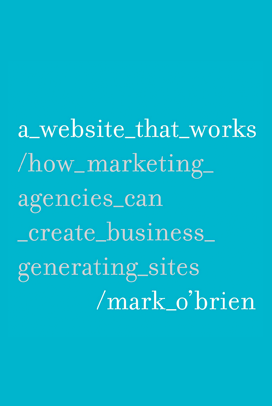It’s not always easy to identify the purpose of things. And when something serves many purposes, it’s not easy to discern between them, or to prioritize them properly.
Have you ever stopped to wonder what clothing is for? That’s an easy one, right? Well, maybe. One thing you probably thought of right away is that we wear clothing for protection — from the sun, from the cold, from all the other environmental hazards around us. It certainly makes sense that the first humans who covered up did so because they realized they might be able to upgrade their perpetually calloused, itchy, bug-bitten, sunburnt, sleeping-on-the-cave-floor-naked lifestyle. Life with pelts — way better than life without them. But protection is no longer the only purpose for clothing, nor even the primary one. For instance, some clothing offers unique functionality, like swimsuits or snowshoes do. We wear other clothing to symbolically differentiate ourselves from those around us, particularly when we are fulfilling a specific role, authority or expertise — a police officer’s uniform, a doctor’s labcoat, or a judge’s robe are just a few examples of this. While clothing has many, many functions — and its important purpose is obviously to save us the discomfort of roaming around naked in a prickly world — we mostly focus on one I haven’t mentioned yet: self-expression. As far as we’re concerned, the function of clothing is pretty much a commodity; style is why we buy.
And yes, you guessed it: the same thing is often true on the web.
Ultimately, there are two kinds of websites: those that are ends and those that are means to ends. These are two massive, general categories with all kinds of detail between them, but the distinction is important to narrowing things down. Websites that are ends — whether in terms of being social networks, content experiences, or applications — have their own business purposes and therefore, their own unique rules and economics. Those that are means to ends generally sell products or services either directly — a.k.a. e-commerce — or indirectly — a.k.a marketing. Then there’s also the distinction between products and services meant for consumers and those meant for businesses. So, before I can get prescriptive about the purpose of a website — which is what I really want to do — I need to get specific about what kind of website I’m talking about. From here through the end of this piece, I’m going to assume you’ve read this bit and understand that I’m using “websites” as shorthand for websites that market business-to-business services.
Like clothing, websites have many unique purposes, but for this type of website, there are really only four simple, core purposes:
- Describing Expertise
- Building Your Reputation
- Generating Leads
- Nurturing Sales
Unfortunately we often overlook or mishandle these things because we’re too focused on using our websites — or the process of designing them — to express ourselves.
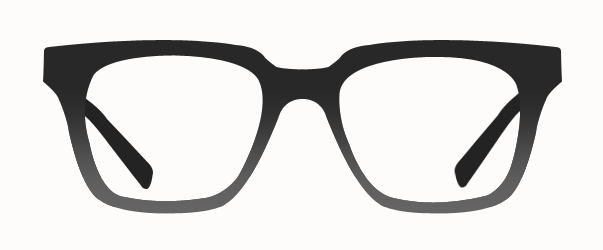
Creativity
…is important, but it’s not the most important thing that your website should communicate. Think about it: If you’re a creative professional — of any sort — it’s assumed that your work will be creative. But then again, you may want to read that last sentence one more time and ask yourself what “creative” really means. You certainly have an idea of what it means, as do your potential clients. But whether your “creative” and their “creative” are the same thing is anybody’s guess. With that kind of subjectivity at play, I’d recommend not trying to make “creativity” a distinction on your website. Remember, websites exist so that people can learn about you without you having to shlep over to their office in-person and seduce them with your designer clothes, fancy glasses, and glossy printed portfolio. Websites exist so that your potential clients can cut to the chase and dig in to what they really need: evidence that you can make a meaningful difference to their businesses. That requires that your website’s content demonstrates a meaningful understanding of the challenges they face, shares an expert’s point of view toward solutions to those challenges, and produces documented results of your work that prove hiring you is a good idea. Dressing any of that up will not help. If a potential client is convinced that you can help solve their problems, then they might be interested in whether there’s an aesthetic fit between you two. That is, if they even care about that at that point.
By the way, if you don’t have the ability to put “creativity” in its proper place when it comes to your role in the business of design, then you won’t have the ability to manage your client’s fumbling with it, either. Years ago, Tim Hamilton made a video called The Reel Truth (use-headphones-warning), which satirized how “creativity” is misunderstood by just about everyone in advertising. The best moment is when “Bob the Brand Manager” arrives on the set of a commercial, asks to look through the camera, and and then gives his opinion: “I think we should go in tighter. I don’t really know why, or even really what I’m talking about, but this is my sole creative act this year other than choosing the color of my minivan.”
Don’t let that happen to you. If you’re a creative professional, let your portfolio handle your “creativity” so that the rest of your website can do the work it exists to do.
Like…

Describing Expertise
What do you do? Who do you do it for? How do you do it?
Answering these questions is what describing expertise is. Vague, undifferentiated promise-making, which includes phrases like “full-service,” “solutions-oriented,” and “we get it” — still so reliably printed front-and-center on agency websites that you might reasonably conclude that there exists somewhere an “agency ipsum” from which you may cut-and-paste to your winging-it heart’s content — is not describing expertise. Expertise is, by definition, specialized; calling yourself an expert while making generalist promises is simply oxymoronic.
Clearly articulating your position, your customer, and your approach is the first purpose of your website. If you don’t go on the record, committing to doing that specific thing, for that specific client, that specific way, you’ll never convince anyone who knows what they need to work with you. Committing to doing a bunch of things, for anyone, in an it’s-complicated-but-trust-us way might attract someone who doesn’t really know what they need, but you and I both know that’s not going to work out well… for anyone.
While describing expertise is essential — and at the heart of every piece of content you produce — your website’s work doesn’t end there. If it did it would be no more than a digital brochure. Even if you’re churning out more content than a publisher does, you still just have a very “thick” brochure site without the right engagement around it.
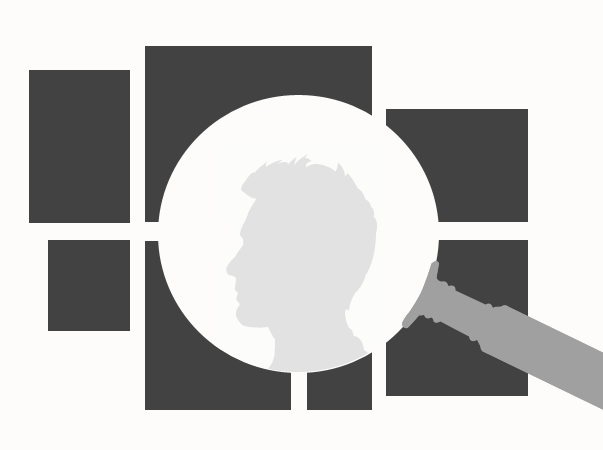
Building Your Reputation
Good website content is the first step in building a strong reputation. But without doing some offsite legwork, it’s not likely to produce the results you probably have in mind.
There is far too much content on the web today to rest upon an if-you-publish-it-they-will-come attitude. The first thing you need to do is ensure that your content is discoverable by those who are searching for it. That’s what basic search engine optimization (SEO) is all about. If that’s news to you, I hate to be the bearer of bad news, but you’ve got a long road ahead. (If that’s you I’d recommend starting here.) I used to think that those who understood content strategy also, by default, understood SEO. But I recently had that belief challenged by an agency which, despite doing great work and creating a ton of content — both on and off their site — was nowhere to be found by those searching for phrases related to what they do or even the specific names of their principals! Why? Because they’d ignored SEO for years, while continually prioritizing “creative” website designs that overruled the technical decisions that would have made them more discoverable.
But even if you really get SEO and continually work on boosting your pages’ rankings, search is only one piece of the awareness puzzle. In fact, as search becomes more and more personalized, you’ll need to give more attention to offsite engagement in order to build onsite engagement. Things like social media (being on Twitter, LinkedIn, Facebook — whatever makes the most sense for you and your firm — and enabling your site users to share your content there), offsite publishing, and public speaking are essential to continuing to build a reputation in the marketplace. If you’re not out there, someone else will be.
Social media, publishing, and public speaking are all much better at deepening and spreading your reputation than a website is on its own. But if someone connects with you on a social network, or reads something you wrote for an industry journal, or hears you speak at an event, and is still interested, they’re going to want more, and naturally, you’ll need to point them back to your website, where there is — ideally — more to be had. That’s called getting a return on impression. Your reputational efforts will either create that return — as an appetite for more — or kill it, but they won’t maintain the status quo. Better you prepare for more, don’t you think?
And yet, a good reputation really can’t carry a sale. It can get someone hungry, but it can’t feed them. Once someone is interested enough to move from being a fan to a customer, you need to have a system that can guide them through that transition. That system belongs on your website.

Generating Leads
The first thing an interested person will want to do is tell you they are interested. Do you have a way for them to do that?
Perhaps you’ve got a link to your site in your social media profile, or you got the publisher of your offsite article to include one in your author bio, or you included one on the last slide of your talk and that interested person actually takes the time to follow that link to your site. Then what?
If you’re doing the describing-expertise thing right, there should be plenty for that person to see and read. So, let’s say that interested person sticks around and then becomes an interested and informed person. Then what? Do you have anything more to offer them? Do you have a way for them to ask for more? Engaging that interested and informed person on your site requires calls-to-action (CTAs) that clearly and simply address visitors at any stage of the buying cycle. If they’re interested and engaged, ready for more but not necessarily ready to buy, the kind of CTA they’re looking for is one that invites them to go deeper — to check out related content, to sign up for your newsletter or blog digest, to attend a webinar or even an event where you will be presenting, to buy your book if you’ve written one, etc. If they are interested, engaged, and ready to buy, the CTA they’re looking for is the one that puts them in direct touch with you — to call you, to sign up for a diagnostic, to have a web meeting, whatever is your first step toward working together.
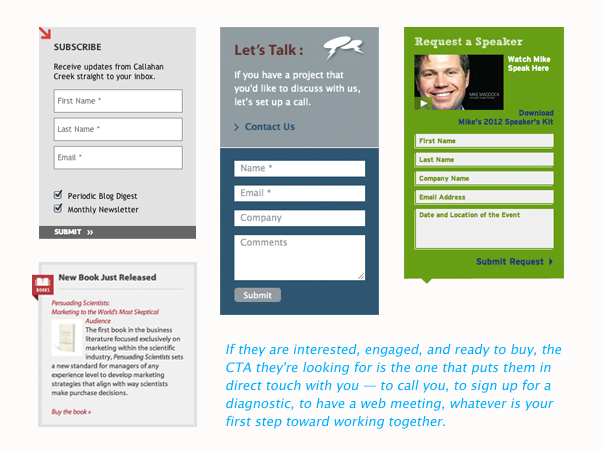
An interested and engaged person who responds to your call-to-action is now a legitimate prospect — someone who has quantifiably bridged the gap between your marketing and your sales. Without calls-to-action, that gap is far bigger than you probably think.
Nurturing Sales
Let’s say that interested, informed, and engaged person gets in touch with you. You don’t suppose that your website’s work is done now, do you? Not at all. In fact, if you’re not intentionally referring to your site in that first sales conversation, I’d bet your prospect is clicking around on their own as you speak.
You may be a great judge of character. You might be able to get the subtext of any conversation or read between the lines of every email, but do you really have a sense for how your website factors in to a prospect’s decision-making once your sales process gets going? Probably not. I can guarantee you that your website’s content is already playing a role in your prospects’ decision-making. The trouble is, that role is probably invisible to you. If your site is accurately describing your expertise, building your reputation, and generating leads, it’s probably a positive one, but your website should be able to provide some demonstrable insight on the matter.
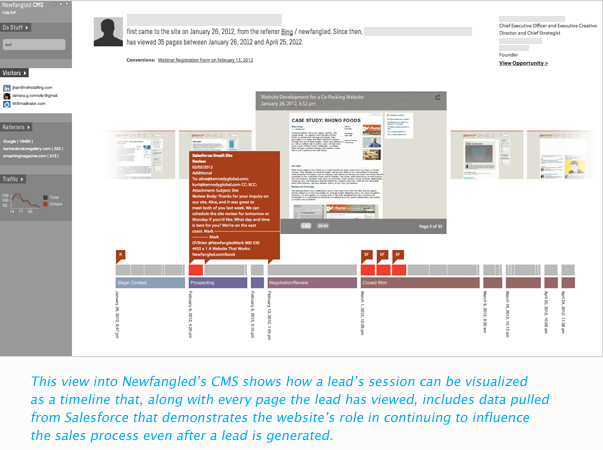
Imagine if your site was “aware” of the stages of your sales process, so that you could see, in real time, the role your site’s content plays in the transition from contact to prospect to customer. To make this possible, all you need to do is properly integrate your website with a customer relationship management tool (CRM), like Salesforce. This is more than web-to-lead, by the way. Integrating your site’s forms with Salesforce will only push data and match it up with campaigns you’ve set up there. This is a great start. But from there, you’ll need to be using Salesforce as your base command for sales, continually updating those leads as they mature through your sales process. That’s where the fancy integration comes in: you want Salesforce to report back to your site when a lead that originated there makes progress. Your site, which should be tracking the sessions of all leads, can then integrate Salesforce’s data into its session timeline. With the marriage of these two sets of data, you’ll be able to see for yourself how both your online and offline efforts work together to gracefully guide your clients-to-be through the transition from fan to customer.
Your Next Challenge
Each of these roles requires work, but you’ll notice that they build upon one another naturally. This last role, however — of nuturing sales — is a newer role that requires a bit more technical work than the others. It requires that you’ve already facilitated lead-generation on your website and fully integrated a CRM into your sales process. It also requires that you have the ability to track lead sessions in your content management system (CMS) — though, let’s be honest, we should really be calling it a conversion management system now — and integrate that tracking with your CRM’s sales stages. It’s not rocket science, but it’s probably not something that you can set up quickly if you aren’t already part way there. But if if your website is already fulfilling the first three roles I’ve described, this is your next challenge.

